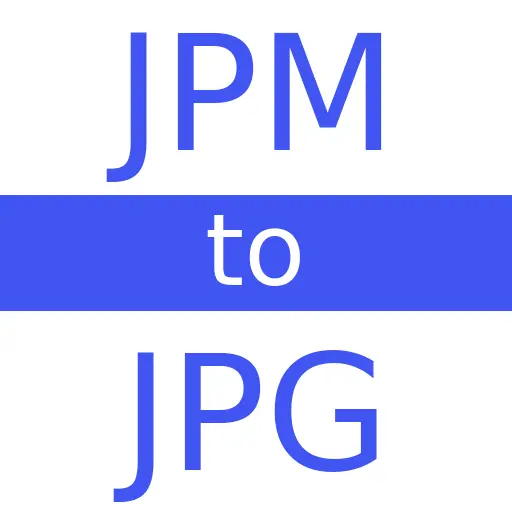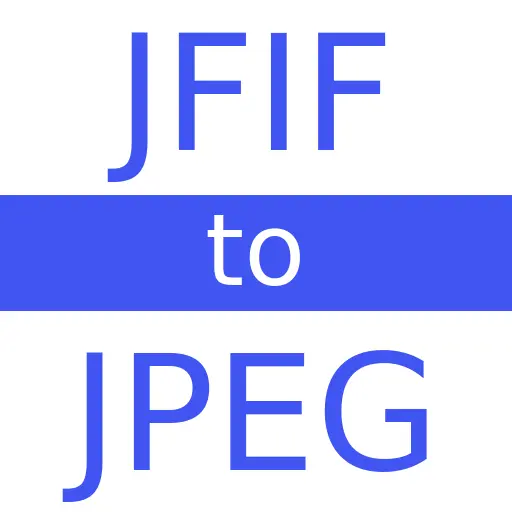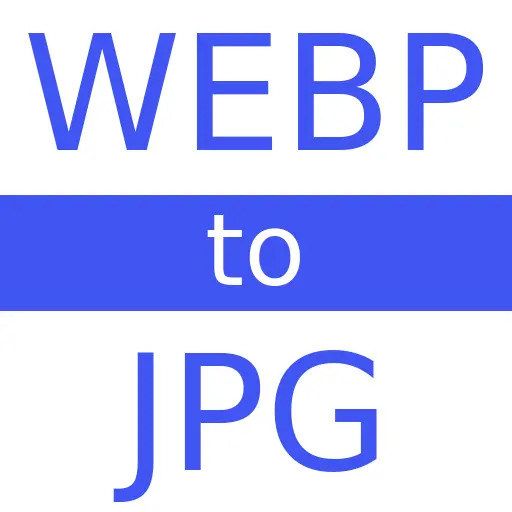JPM to JPG
Convert JPM to JPG (Fast & Free)
JPM to JPG Converter Tool - Your Day to Day Companion for High Quality Conversions
Hi there, and welcome to ProConvert! On this page you can easily change JPM to JPG with the help of our free, fast and secured online converter. JPM to JPG Converter Tool can be used with no limits or hidden charges. Don't forget, you can use the forum section below if you have any question for us or, leave us a rating in the ratings section so others can see what performant tools we have in place for free.
(or click to select files)
F.A.Q. / Frequently Asked Questions about JPM to JPG
Curious about how our platform works? ProConvert team got all your questions together and created the following Frequently Asked Questions section. Here you can find useful information about us. Don't see your question here ? Leave a question or a comment in the forum section and our team will help you as soon as possible.
File conversions were never that easy before. But good for you! ProConvert is here and gives you support and full access to convert or change JPM to JPG any time, with no limits or charges. Everything is free, created for your needs.
- Select JPM files you want to convert, from your computer or drag and drop it on the page.
- Press the "Convert" button in order to convert JPM to JPG.
- When the conversion is completed, click "Download" on the desired converted JPG file.
Useful information about JPM
| Extension: | JPM |
|---|---|
| Name: | JPM File Format |
| Mime Type: | image/jpm |
| Converter: | JPM Converter |
| Description: | The JPM file format is defined by ISO/IEC 15444-6:2003 – the JPEG 2000 image coding system – Part 6: Compound image file format. A compound image may contain scanned images, synthetic images or both, requiring a mix of continuous tone and bi-level compression methods. The JPM file format defines a composition model that describes the method of combining multiple images to generate a compound image using the multi-layer Mixed Raster Content (MRC) imaging model, defined in ITU-T T.44 | ISO/IEC 16485. - Source |

Useful information about JPG
| Extension: | JPG |
|---|---|
| Name: | Joint Photographic Experts Group |
| Mime Type: | image/jpeg |
| Converter: | JPG Converter |
| Description: | The JPG image file type, typically pronounced jay-peg, was developed by the Joint Photographic Experts Group (JPEG) in 1992. The group realized a need to make large photographic files smaller, so that they could be more easily shared. Some quality is compromised when an image is converted to a JPG. The reason is because the compression is lossy, which means that certain unnecessary information is permanently deleted. A JPG does, however, allow you to create smaller file size than you could with a PNG. - Source |
In High Demand Converters / See What Others Convert
As you might know already, we have over 2600 converter tools like JPM to JPG on our platform. All of them are free to use and provides high quality computing for your needs. However, these are the most used converters on ProConvert at the moment.
Forum / Questions and Answers / Everything about JPM to JPG
You got it right! Here you can ask anything about JPM to JPG Converter Tool or any other information regarding our services. You can of course recommend us what to create further or improve as a feedback. We are eager to answer all your questions.
* The question will appear on this page once answered by one of ProConvert Team members.
There are no comments posted at the moment.


